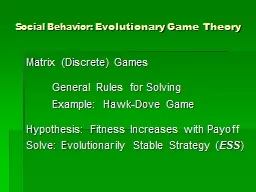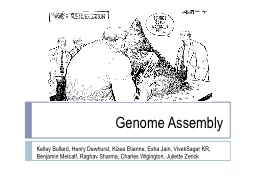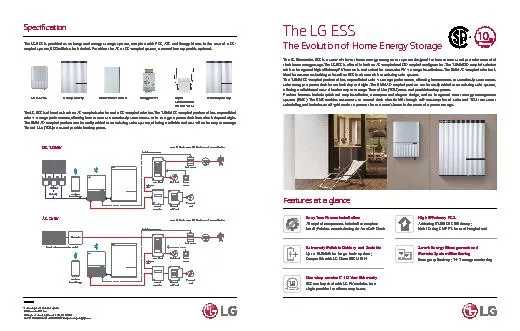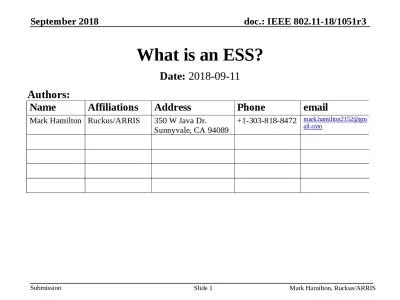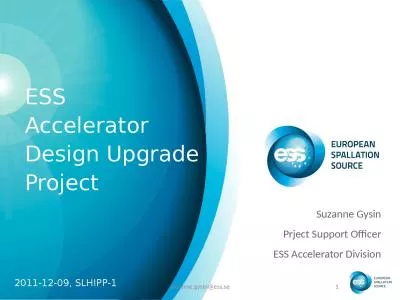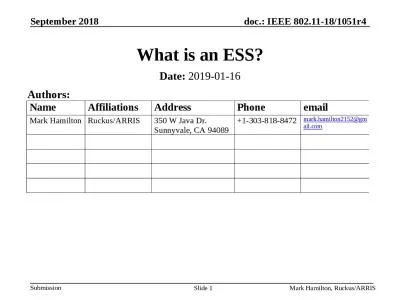PPT-ESS 454
Author : lois-ondreau | Published Date : 2015-11-12
Hydrogeology Module 4 Flow to Wells Preliminaries Radial Flow and Well Function Nondimensional Variables Theis Type curve and CooperJacob Analysis Aquifer boundaries
Presentation Embed Code
Download Presentation
Download Presentation The PPT/PDF document "ESS 454" is the property of its rightful owner. Permission is granted to download and print the materials on this website for personal, non-commercial use only, and to display it on your personal computer provided you do not modify the materials and that you retain all copyright notices contained in the materials. By downloading content from our website, you accept the terms of this agreement.
ESS 454: Transcript
Download Rules Of Document
"ESS 454"The content belongs to its owner. You may download and print it for personal use, without modification, and keep all copyright notices. By downloading, you agree to these terms.
Related Documents


